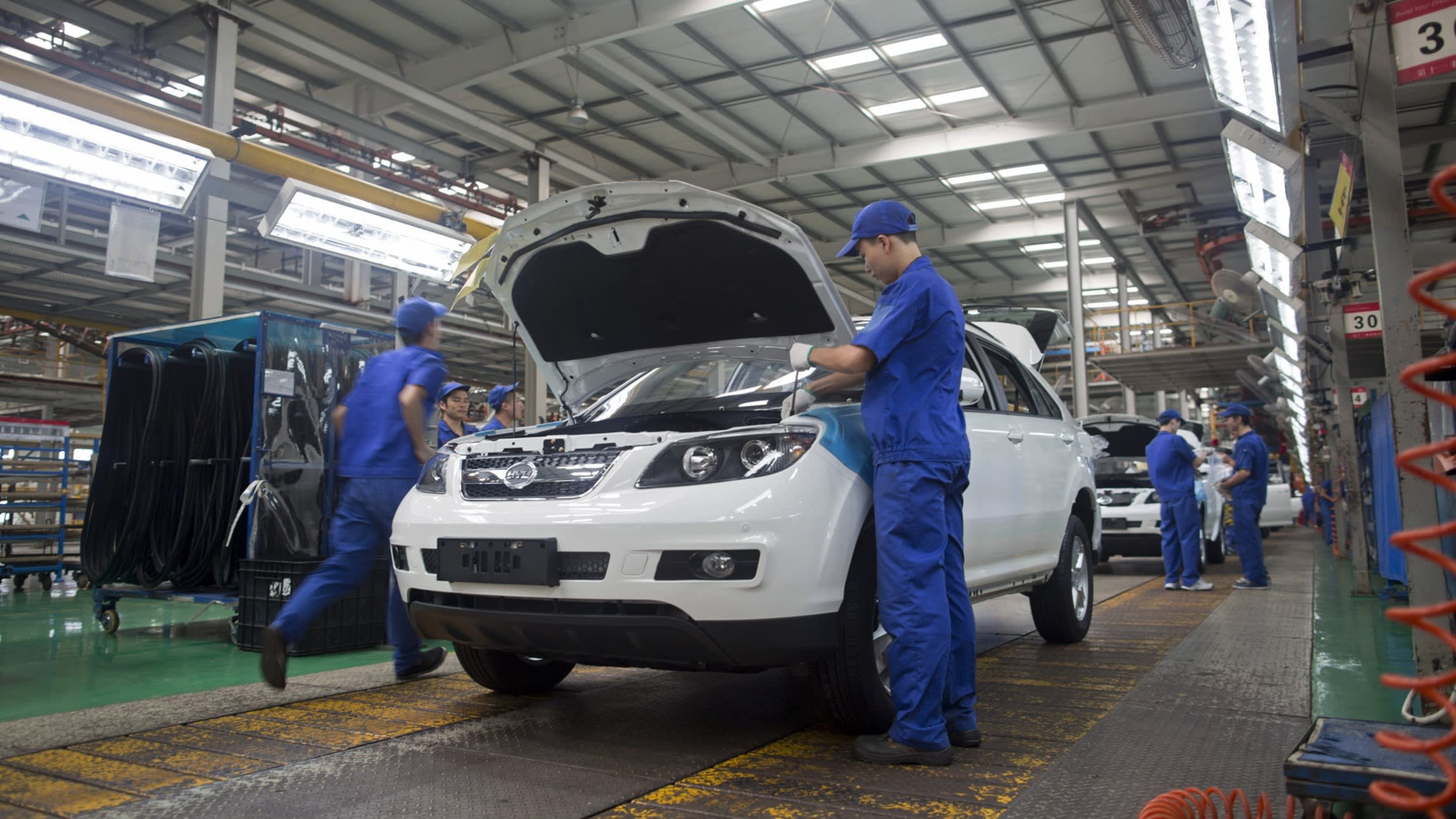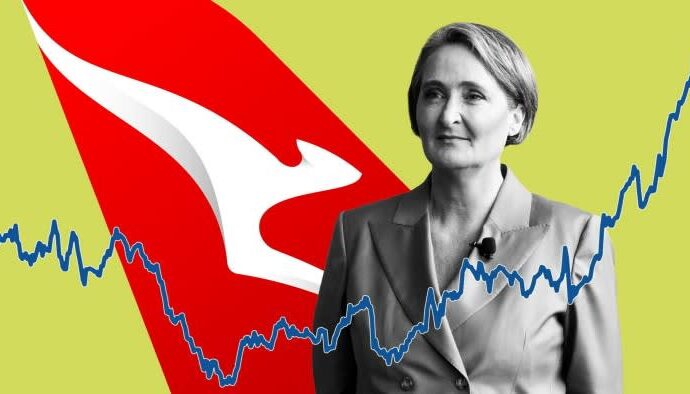
Unlock the Editor’s Digest for free
Roula Khalaf, Editor of the FT, selects her favourite stories in this weekly newsletter.
The writer is chief Asia economist at Morgan Stanley
A familiarity with buzzwords is essential to keep track of what is going on in China. If you have been a China watcher over the past few years, you will be familiar with “supply-side reforms”, the “three red lines” and the mantra “housing is for living, not for speculation”.
Recently, a new buzzword has emerged — “anti-involution”. In China, involution describes a dynamic where aggressive competition among producers results in excess capacity, drastic price cuts and diminishing returns on capital employed. Anti-involution is a response to the persistent challenges of deflation. In recent years, Chinese policymakers have pursued supply-side measures such as production controls in upstream sectors such as steel and cement.
I have previously argued that the debt-deflation loop is the key challenge facing China’s economy. The deflation challenge originated in Beijing’s countercyclical policy of maintaining relatively high real GDP growth with elevated levels of investment. In the past four years, policymakers have pushed for investment in manufacturing and infrastructure to offset the slowdown in the property sector. Deflationary pressures have only intensified.
Several features of today’s overcapacity complicate anti-involution efforts. First, the excess capacity in solar, batteries and electric vehicles has only been recently installed. For example, much of solar manufacturing capacity was built from 2022, unlike the steel and cement sectors that underwent supply-side reform in 2015-16.
Second, most companies in the major oversupplied sectors are private entities, complicating the process of supply-side consolidation. Our analysts estimate that private companies hold 95 per cent market share or more in the solar and batteries sectors and 65 per cent in EVs, compared with 35 per cent in steel and 50 per cent in cement.
Third, deflation is much more intense than before. China’s GDP deflator — the broadest measure of prices, including all of a country’s goods and services — has been declining for nine quarters (since the second quarter of 2023) compared with just two quarters in 2015. The consumer price index has averaged just 0.1 per cent year on year since the second quarter of 2023 compared with 1.7 per cent in 2015. The composition of producer price index deflation is also different. In 2015, commodity-related segments (linked to global commodity prices) drove about two-thirds of deflation. Today, non-commodity goods account for more than 70 per cent of deflation.
At the sector level, cutting excess capacity may help improve pricing power. But in aggregate, this may not be enough to lift the economy out of deflation. Policymakers need to stop encouraging the creation of new capacity. Implicit recognition or outright acceptance of a lower real GDP growth target will be key, as well as reducing pressures for continued allocation to investment in manufacturing and infrastructure.
Meaningful cuts to existing excess capacity to bring it more in line with demand will also be needed. For example, in solar, China’s capacity alone is more than double global demand (including China). In EV batteries, the figure is more than 1.3 times. Cutting capacity will ensure that in aggregate all sectors generate a reasonable return on capital employed.
Demand matters. In past cycles, the uplift in exports and the property sector boosted aggregate demand, which played a greater role than supply in the exit from deflation. But these drivers are less supportive now. Continuing trade tensions are likely to dampen trade growth, while China’s declining population hampers a revival in the property sector and will naturally be a drag on overall demand in the economy.
The buzzword I would like to see catch on in China is “rebalancing”. A pivot towards supporting consumption is key to achieving a better growth mix, which can sustainably lift the economy out of deflation. As things stand, cutbacks in excess capacity will result in slower real GDP growth, after which China will need an alternative growth driver to prevent a rapid decline that could pose challenges to social stability.
Systematic efforts to increase social welfare spending, particularly for migrant workers in urban China and the rural poor, will help boost consumption. The household saving ratio for migrant workers stands above 40 per cent, and reducing this precautionary saving will be critical in lifting overall consumption.
Based on past experience, the buzz around anti-involution efforts in China will only grow louder in the coming weeks and months. But without an uplift in aggregate demand, we are likely to face a long drawn-out battle against deflation.


